Today, CVLT Nation is ultra hyped to share with the world our artist to artist interview series, featuring Jenks Miller of Horseback interviewing the all of the members of Locrian. I’m impressed at the depth of this interview – both parties really opened up. I know that Horseback and Locrian have both recently released projects that have reshaped music, so to be able to hear where they are coming from is awesome! After the jump, check out the many different thoughts that go through the minds of Locrian, and the kind of energy went into creating their new album, The Clearing!
Past Locrian records have contained explicit references to literary works (The Crystal World references the JG Ballard novel, our New Dominions record references Alan Weisman’s The World Without Us, etc). Is there a unifying theme or concept at work in The Clearing?
Terence: At the time the Deepwater Horizon incident happened, I would say it was more that and other disasters that kind of laid the tone for the record, for me. No literary work was initially considered, I just kept thinking about erasing our traces on our own.
André: Musically, there are themes that link this release to others in our catalog. For instance, the theme of “Coprolite” is a continuation of the end theme from “Obsidian Facades” from our last album.
Does Locrian begin recording with a concept in mind, or does the concept come later? Is the underlying concept something the entire band arrives at together, or does a single member decide what each record is going to be “about”?
T: The Clearing kind of developed in the studio a lot. I would talk about the lyrics a bit but they really finalized when we were recording them.
André: Yeah, we had very few set ideas before we recorded the album. It was very intuitive, not over-thought.
Steven: True, as mentioned, there were a couple basic ideas before going into the studio to record The Clearing, at least one strong one, but once we got in there, things just started to develop fairly quickly. Ideas came and went, plus there was a lot of improvisation involved, at least from my part. In the end we came up with some very solid tracks.
As funding for independent music becomes more elusive, the question of production grows more and more difficult for smaller bands. Where did you record and mix The Clearing? How long did the production process take? Did you do any of the recording on your own?
André: We recorded it at Semaphore Studios in Chicago with Jeremy Lemos. He has a great perspective for the stuff that we do. He plays in White/Light and has worked on a lot of stuff for some popular artists like Wilco, Sonic Youth, and lots of others.
We didn’t do any recording on our own for this. It was almost entirely written in the studio very quickly. Jeremy had a lot of great advice on how to layer our sounds so that everything has a unique quality.
Steven: For the sound we were going for recording at home just wasn’t an option. We wanted a high quality recording with a good engineer, which Jeremy fits into, easily. Unfortunately, Semaphore is no longer, and I believe we were one of the last bands to record there. The recording/tracking process only took a few days, but we took a little break before we went back to do the final mixing, and from what I can remember that took a few sessions as well.
Album art and design has always played an important role in Locrian’s releases, perhaps due to the fact that Terence himself is a visual artist and designer. Why is the visual aesthetic so important? Please tell us a bit about Brian Ulrich’s cover art for the new record.
T: I think to how bands and aesthetics really communicate, whether it be Broken Flag Records or Sonic Youth or Peter Saville. I think in high school I was searching for Gerhard Richter paintings because of Sonic Youth. Or how I read Jan Tschichold’s “New Typography” because of Peter Saville. So to me it is important that there is a unity between sound and vision. Brian Ulrich is a phenomenal photographer, someone I have wanted to work with for a long time. He has an amazing series called Dark Stores that showcases greyfield sites in disuse and disrepair. Specifically the American shopping mall, dead malls. It’s been an ongoing theme of ours. Brian has a new book out via Aperture titled “Is this place Great or What” and I highly recommend it.
At this point, does Locrian have a “sound”? How has it changed?
André: I think this is a question for a listener. I think that we have our own style and sound. We’ve always pushing ourselves to do new things so each one of our records, I think, has a unique quality.
Steven: I agree with André. We have a “sound”, yes, and I think it’s unique to us because we all have different influences, styles of playing, and approaches to writing/recording songs, but with that said, it’s all very fluid and fairly easy for us once we all get in a room or studio together. As far as “changed”, I think we have matured a bit, even just since I’ve been playing with them. I also think we’ve done a good job of minimizing and honing our sound and style over the past year or so. We’ve found a path and direction that works for us, and we’ll keep following it until we think we need another change or challenge.

Part II: Liminality
Locrian’s music is difficult to classify because it draws heavily from many different traditions of “extreme music.” As someone who grew tired of genre exercises long ago, I find this sort of liminality very appealing. Do you think Locrian’s work can be better appreciated in the age of the Internet, which empowers your audience to investigate your various influences on its own?
T: I’d like to think our influences slowly have faded away, I don’t think you need to know what we like to find us appealing. I also don’t know if what we do should be appealing, repulsion is such a strong feeling.
A: I think that the age of the internet has hurt the quality of music a lot. It’s great that people have an endless range of music at their fingertips, but I don’t intend for our music to be experienced on computer speakers, ear buds, or as a highly compressed mp3. Contextually, Locrian belongs in the age of the internet, but some of the things we do with the medium that we choose for our releases are resistant to the digitization of music. I like downloading music, but I have the experience to realize what’s lost when I listen to music as a download. For instance, if you just download our stuff, then you miss out on the object which is as essential aspect of our statement.
Steven: I think if people what to investigate what they might think are our influences, they can do some searching online, sure, why not? But once they find something out (whatever that is), that should run down to their local record shop and buy the LP, CD, or cassette. I’m sure those bands would appreciate it as well. It’s good to have an object in hand while your listening to music. Who wants to stare at a jpg of the record cover while your listening to a download.
What can a metal audience learn from free jazz and improvised music? From noise?
A: Lots of stuff! Generalizing, I would say that the metal scene could learn something about taking chances from the jazz, improvised, and noise scenes. The metal that I’m not interested in is really safe stuff to listen to.
Steven: They can learn that there a lot of similarities between free jazz and the metal scene, or at least specific categories of the metal scene. If there are any two types of music that should have a crossover of listeners it’s these two, and I know a lot of folks who are hardcore fans of both. There’s just as much, if not more, intensity and tension in free jazz as, say… Darkthrone or Deathspell Omega. Listen to John Coltrane “Live in Japan”, “Interstellar Space” or “Ascension”, Albert Ayler “Bells”, or just about anything from Peter Brötzmann, Steve Lacy, or Dave Rempis/Rempis Percussion Quartet; and that’s just barely scratching the surface. Learn to broaden your musical palette, and if your a musical yourself, and you’ve never heard much free jazz, I guarantee you’ll pick up some (or several) ideas to try in your own music, even if it’s not directly noticable. Same goes for the noise scene, although I’m not that familiar with that outside of some of the obvious artist. With “noise music” the canvas is so open to personal interpretation, people can find and hear what they specifically want in each piece, at least for me anyway.
What can an “out-music” audience learn from metal?
T: I don’t know, I never fit easily into any category with what I had listened to ever. So I find people who are so stringent in their listening habits tend to be very strange.
S: Reverse/alter what I said above.
A: Perhaps some “out music” could learn to make more concise statements. I think that’s one strong point of some metal. My favorite metal albums tend to be more experimental albums, like Obituary’s “World Demise.”

Photo Lenny Gilmore
Part III: Logistical Challenges
What are your thoughts on working with a variety of smaller labels, rather than a single larger label? Does Locrian’s prolificacy require this approach, or has it been more circumstantial?
A: We’re part of a community and these smaller labels tie into that. It’s nice to connect with different people and to collaborate with them. I think making connections with these different people has forced us to be more prolific. Quite often, we would make connections with different labels and they’d ask us to do something for them and we’d agree to do something even though we wouldn’t have any music in mind. I don’t want to call them obligations because that sounds so uninspired, but these connections really pushed us to do more with the limited amount of time that we can use for this project.
You and Terence both teach at a university. Do you see the band as an a-vocation? Do your jobs ever create scheduling conflicts for the band, or limit the opportunities the band is able to explore?
T: Locrian to me is more like a creative project. I don’t really have much faith in bands operating as bands, the demands are too high and the returns are so low. The creativity is so stinted by the market too, promoting an album, touring, etc. I think this just made me think it has to be different in conception. This is very difficult in practice. But yeah I don’t live in Chicago anymore so that complicates things, however we also live in the 21st century where communication is much easier.
A: It’s something that we’re very serious about, but not a big money maker. We’ve had a lot of great offers that haven’t been able to act on because of other life priorities. We can’t tour much and that’s ok. When we do play, it should be special.
S: Yeah, it is a creative project, but what real hardworking band isn’t in one way or another? For me, music is my main focus at this point in my life, I’m not sure if that’s foolish or not, but I am, and have been, committed. It’s not always a money maker, but in the end… that’s not why I’m doing this.

Banner Photo by Lenny Gilmore



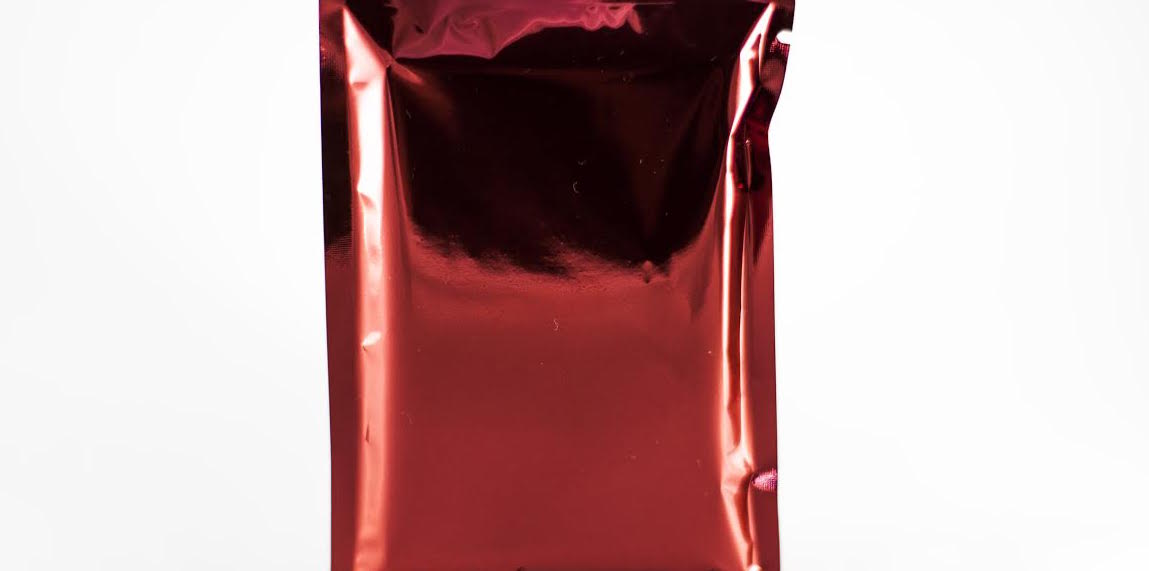
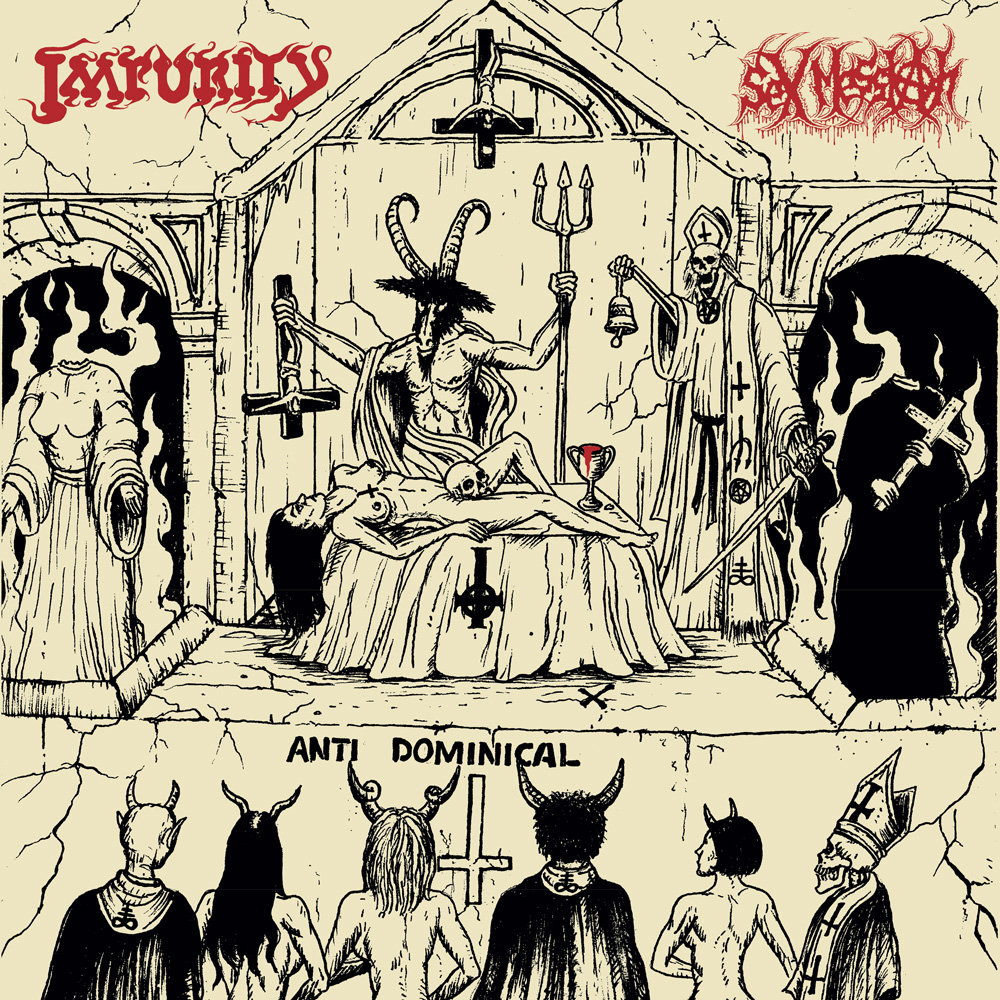

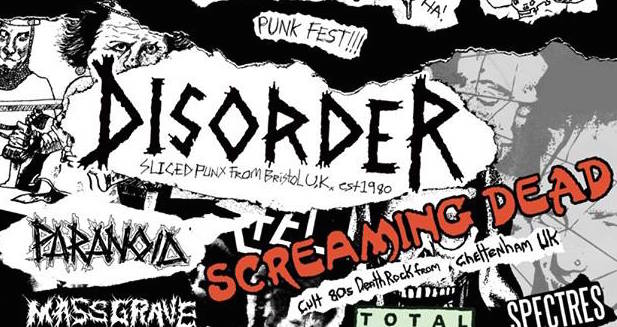

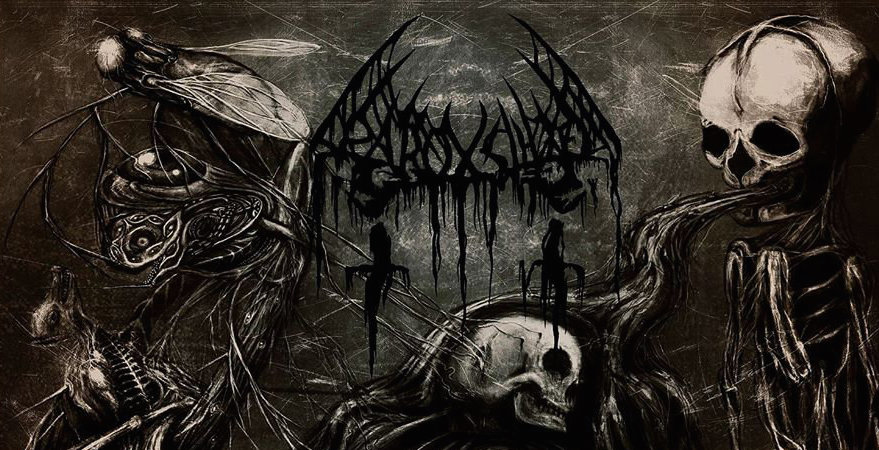
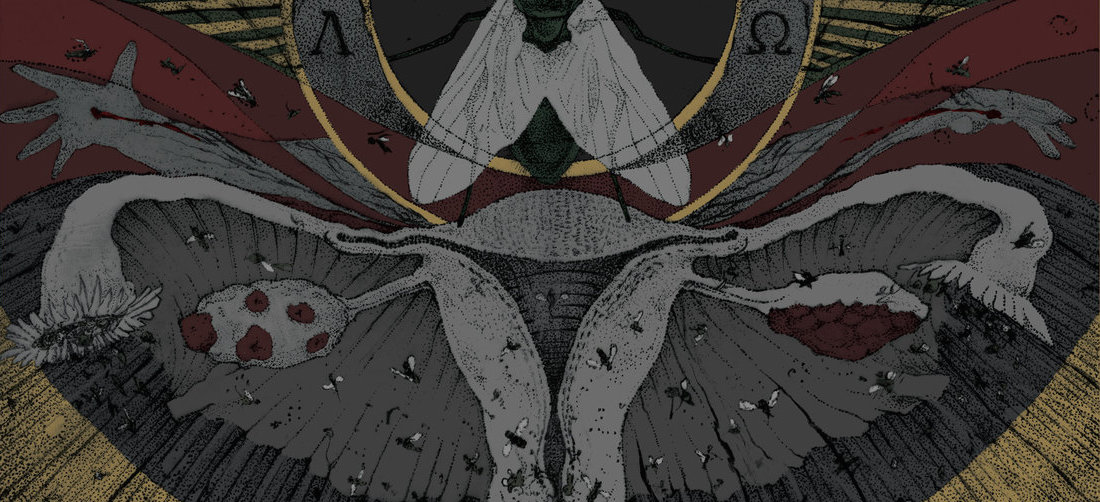
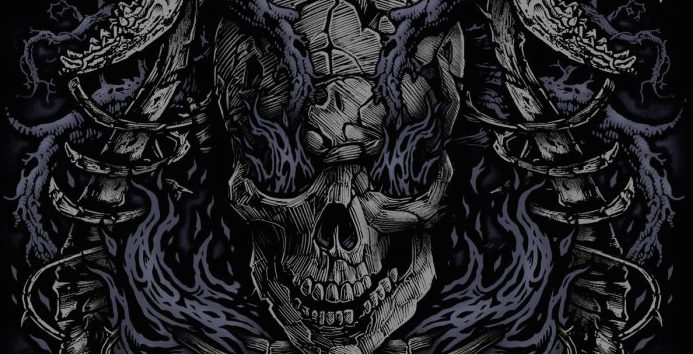
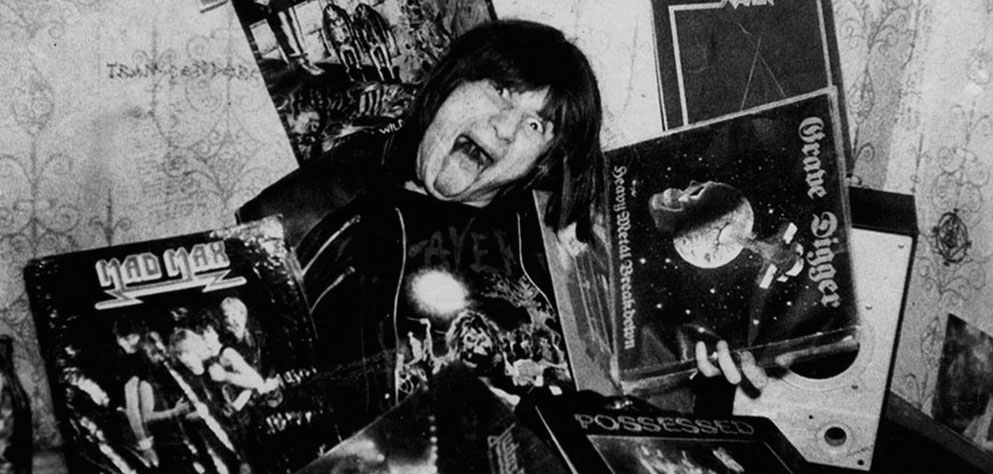
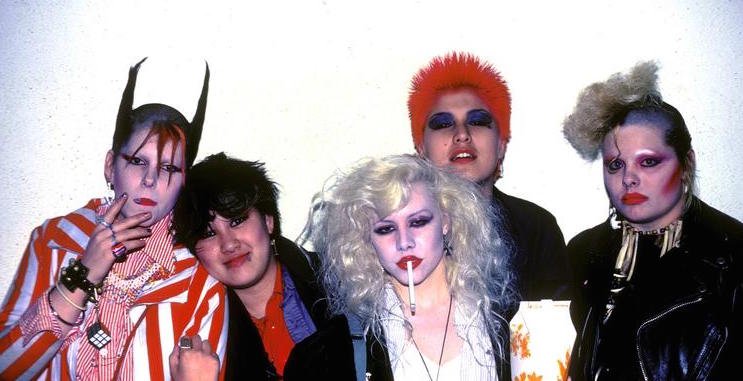
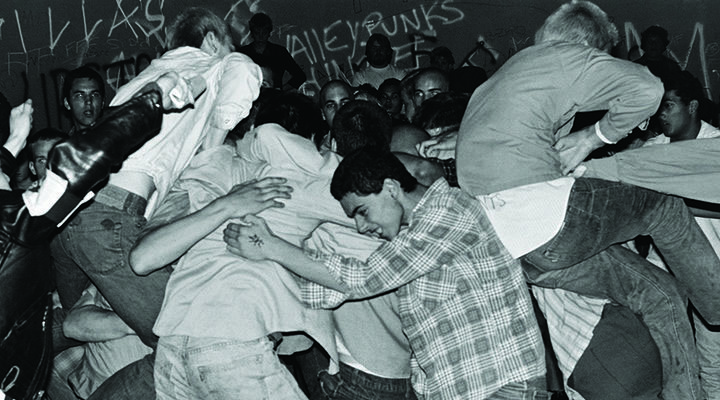


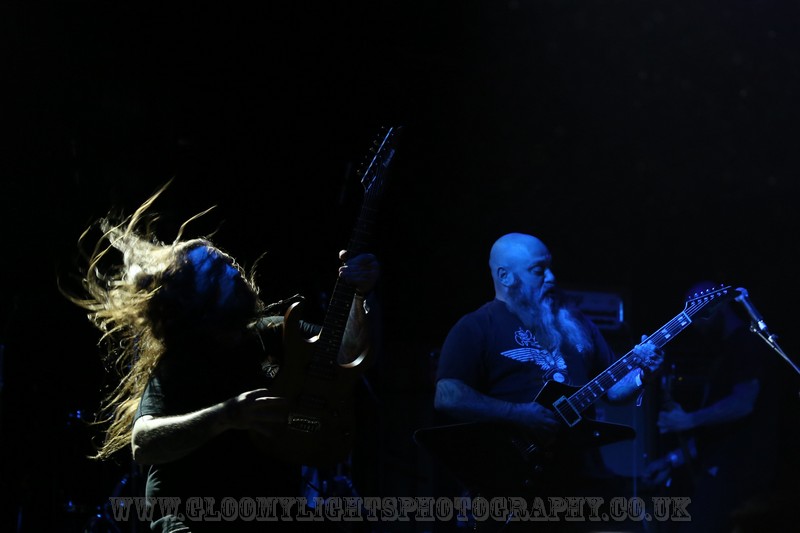



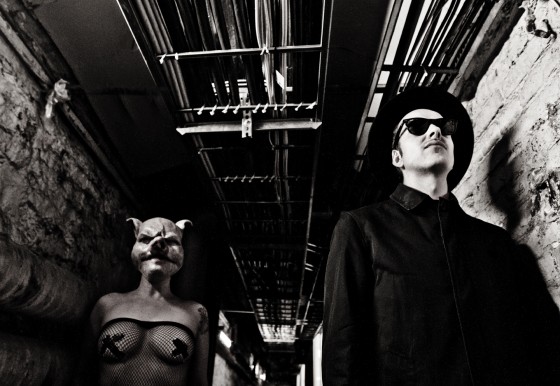
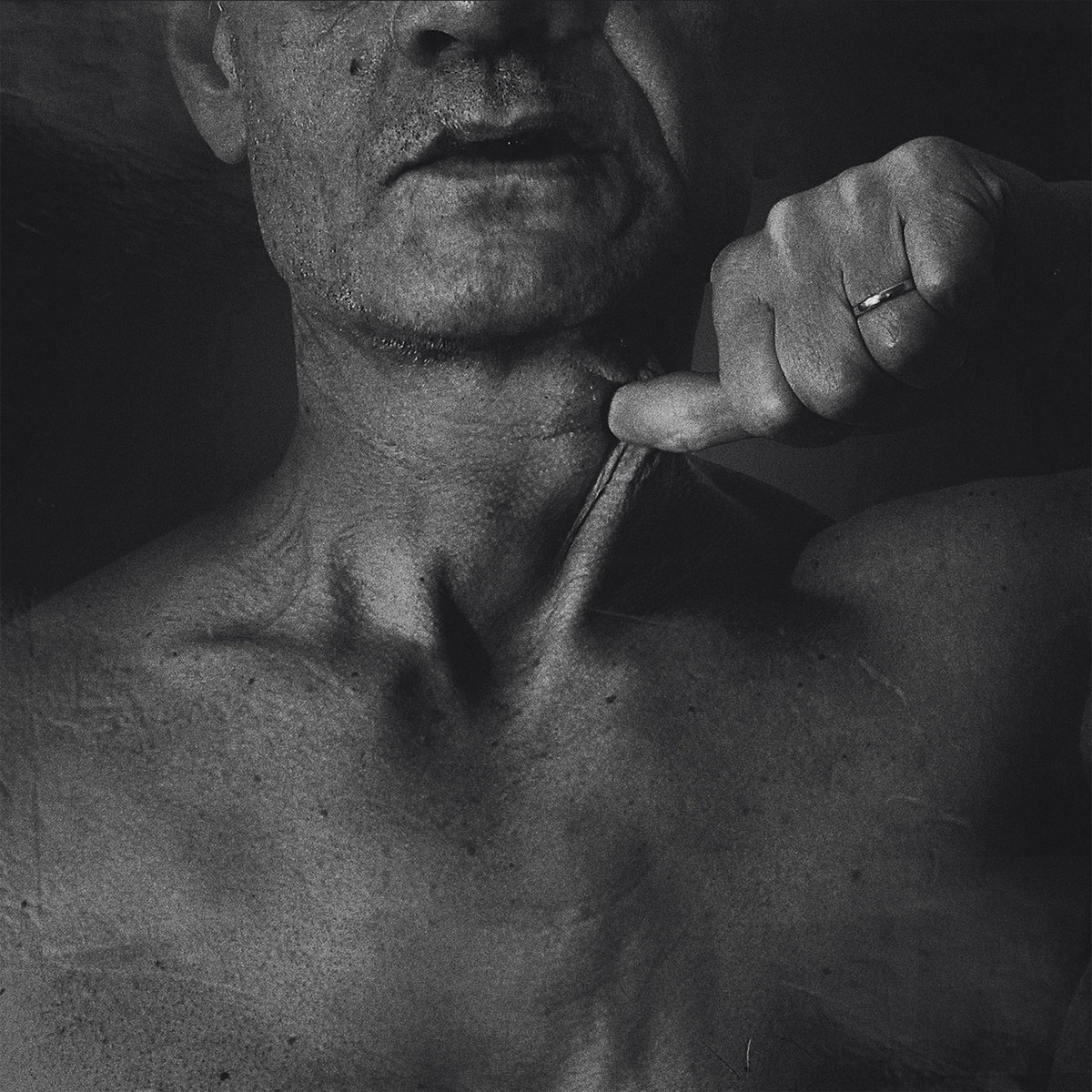

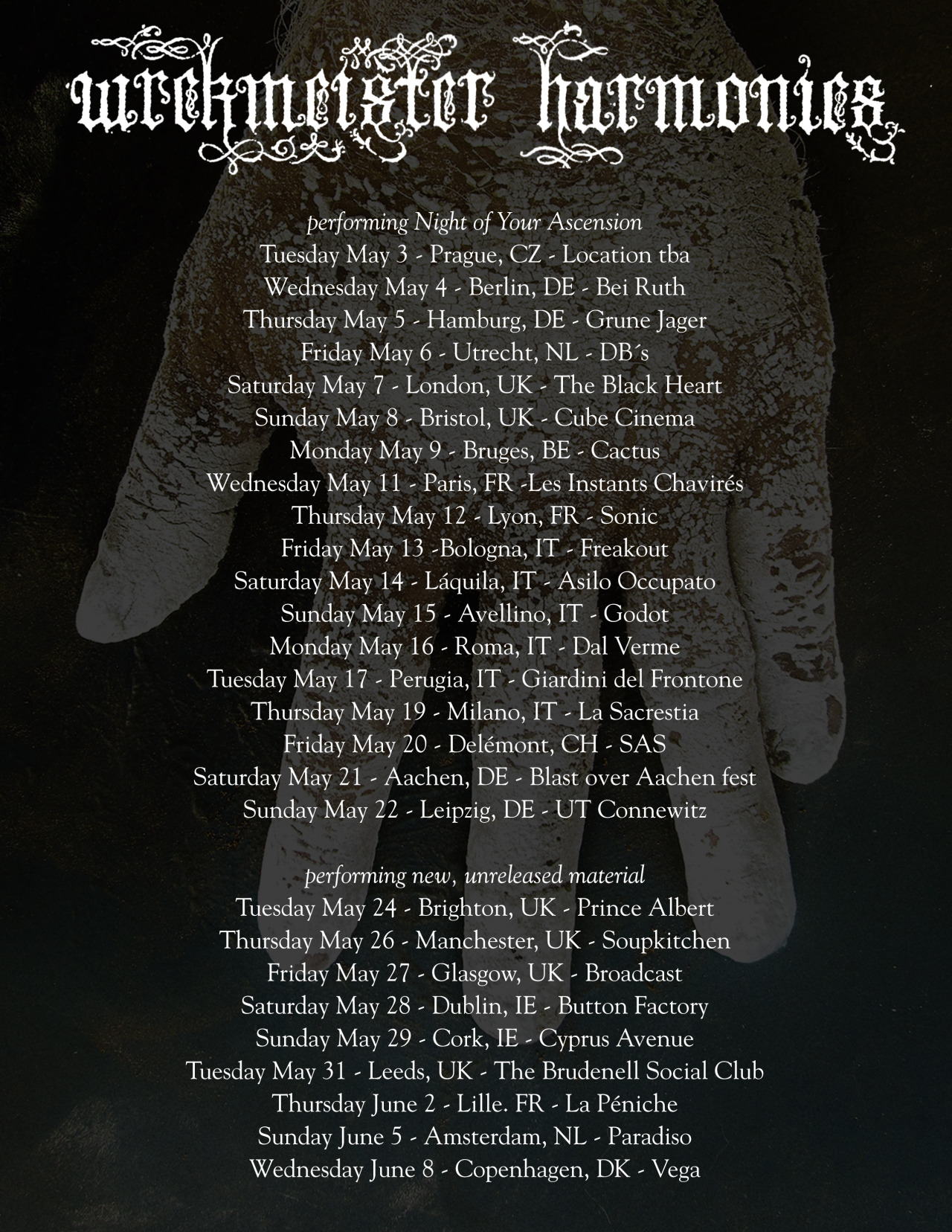
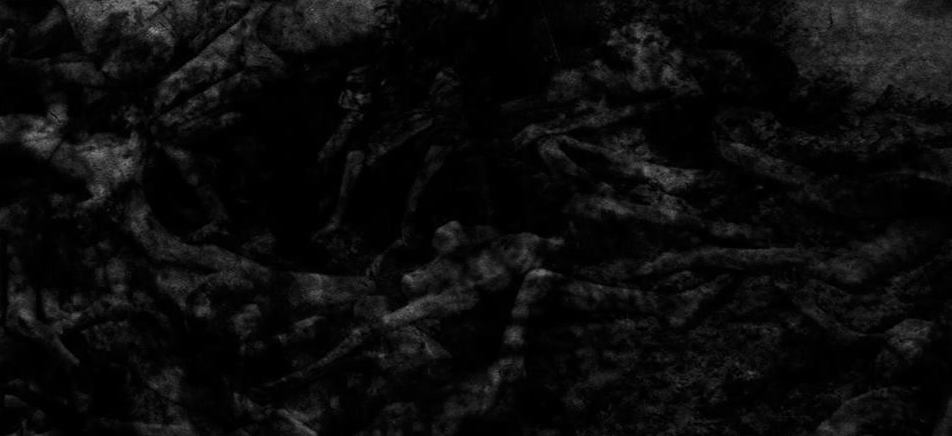
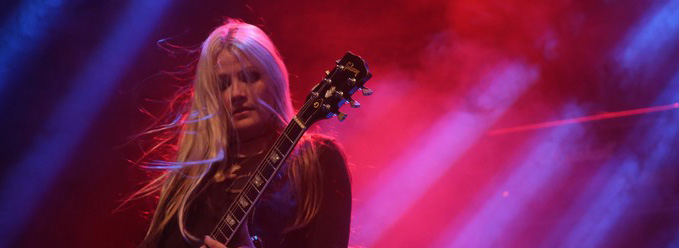
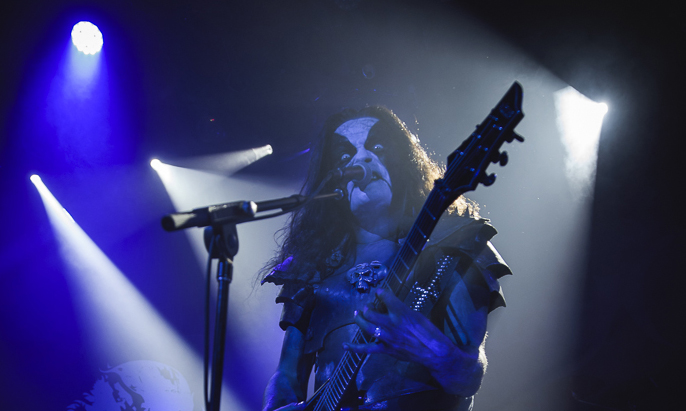

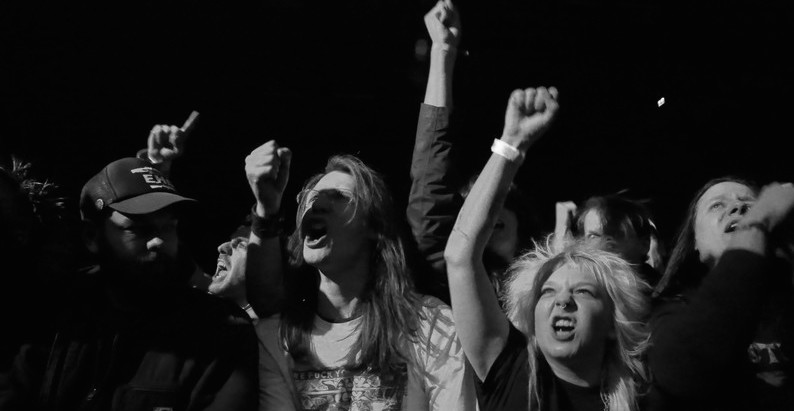
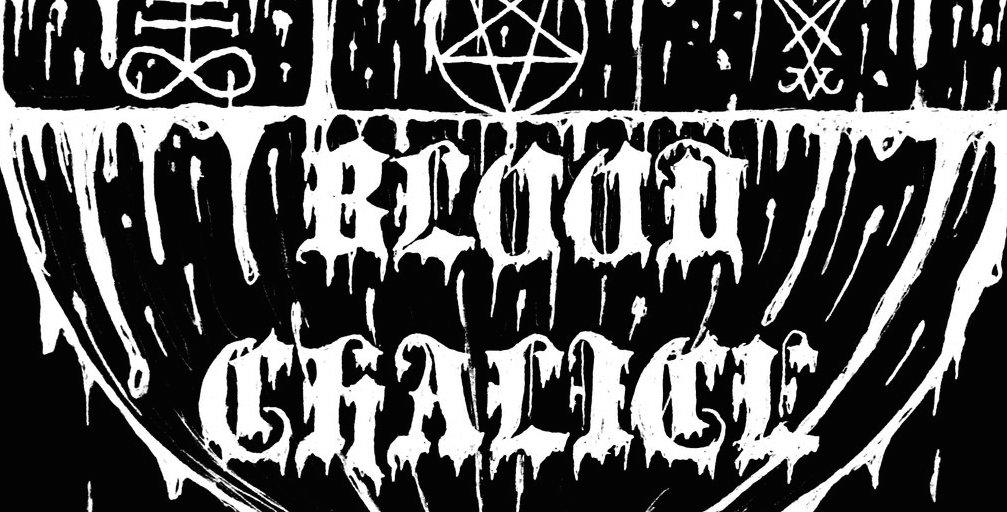
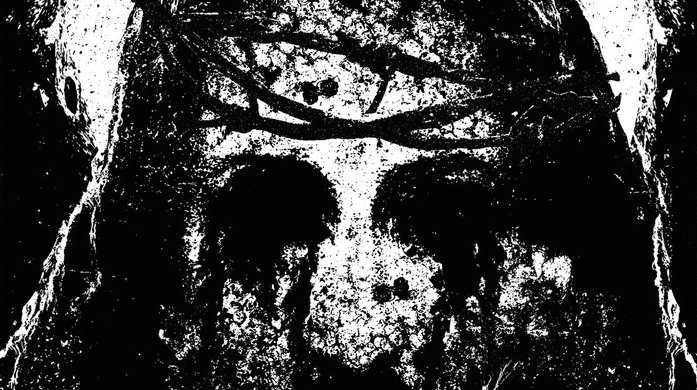
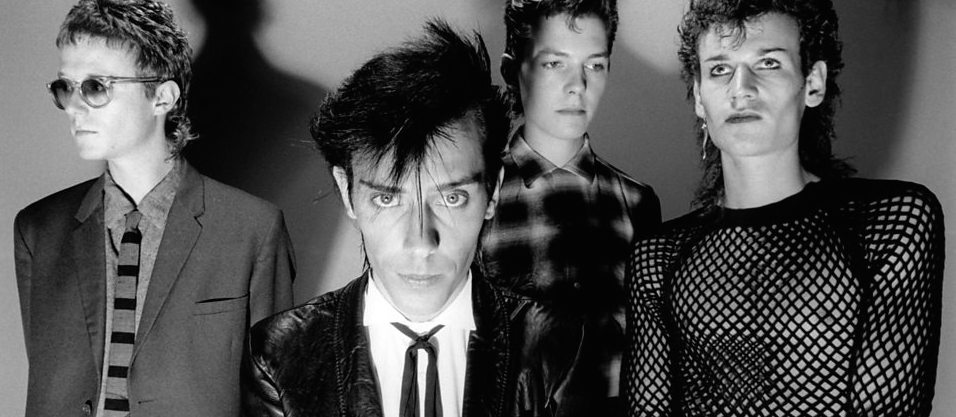


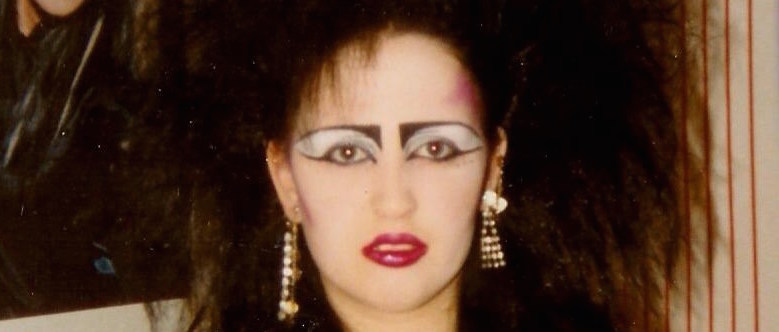
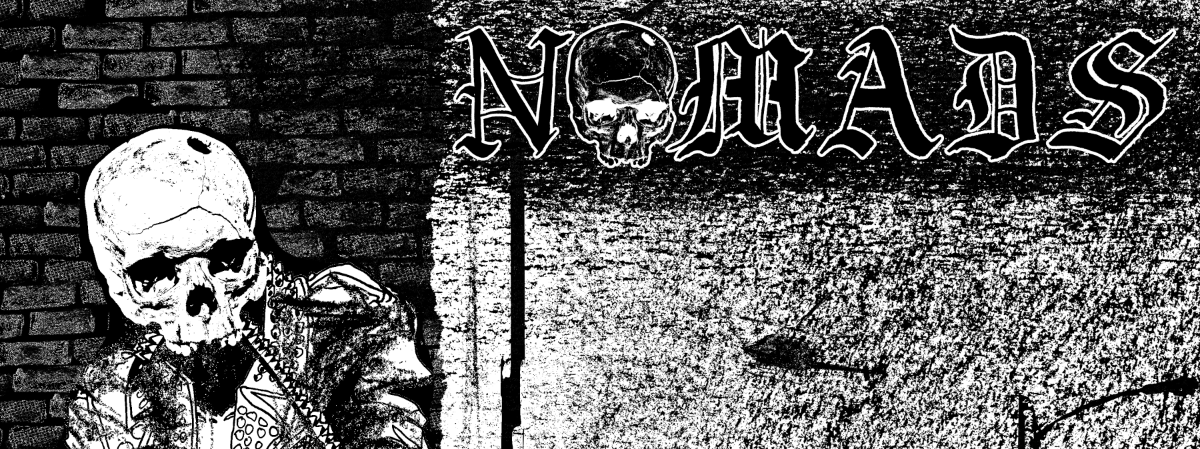
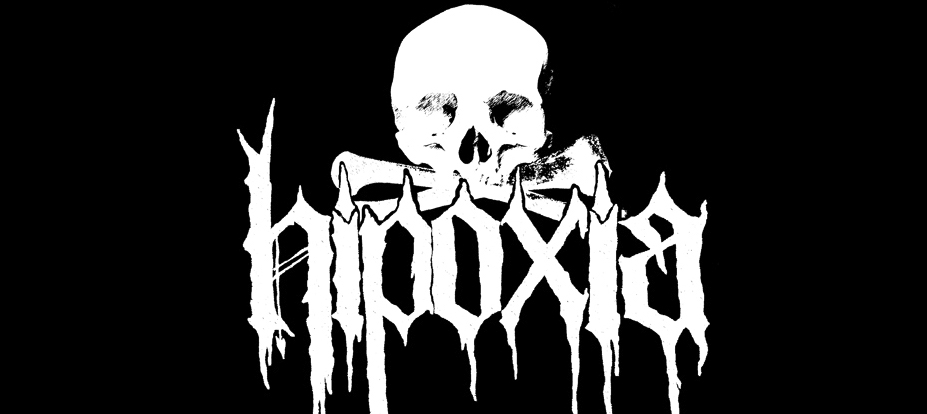
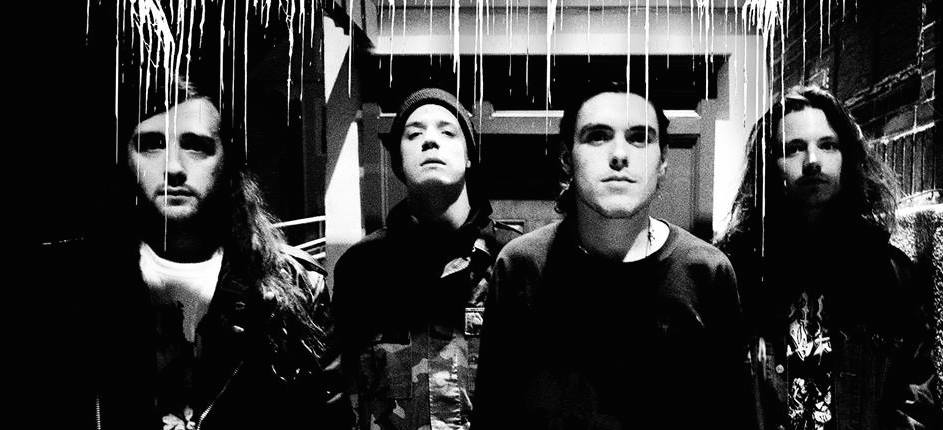
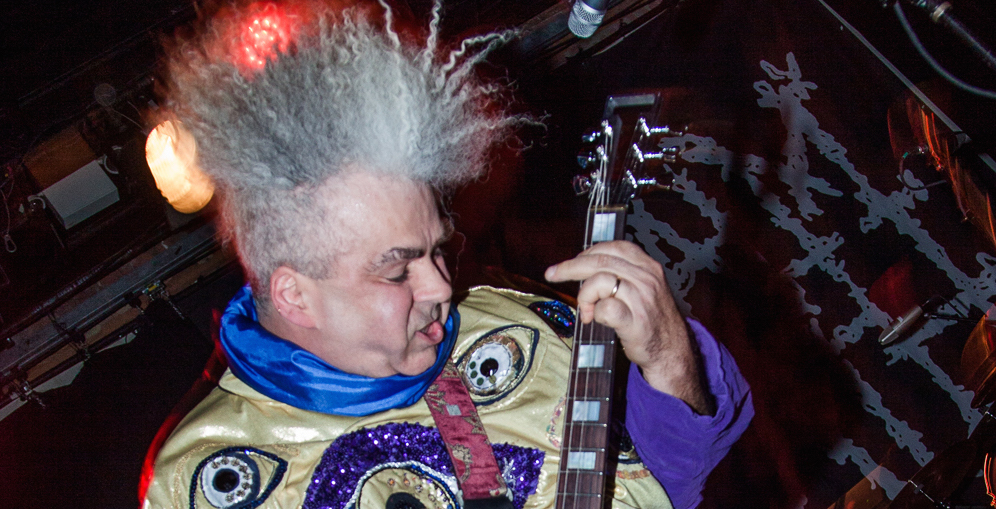

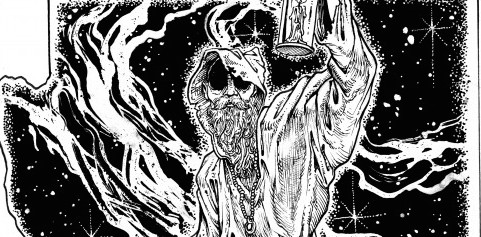
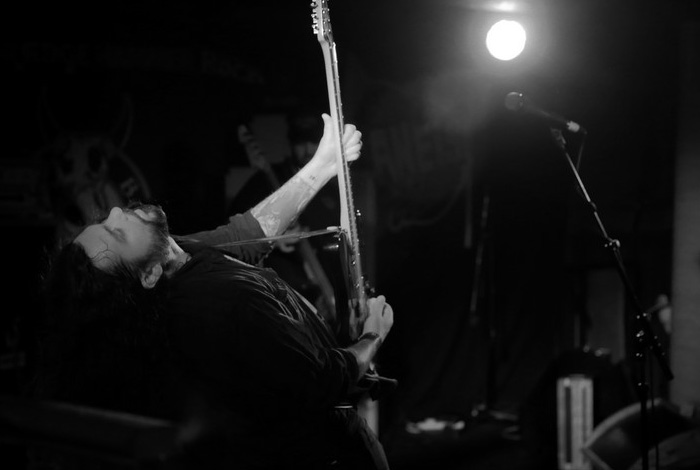
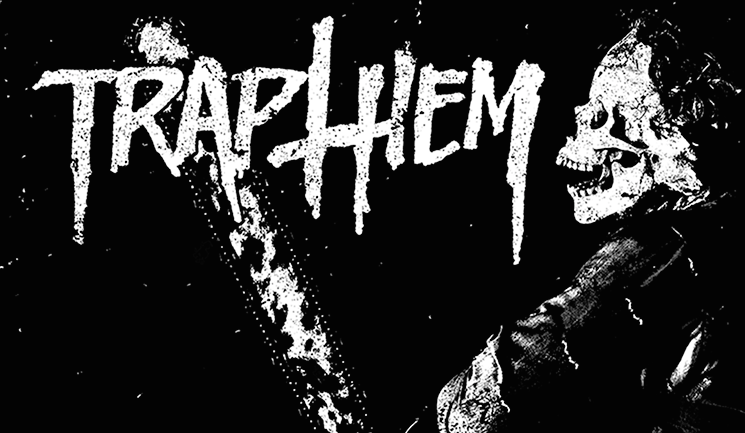

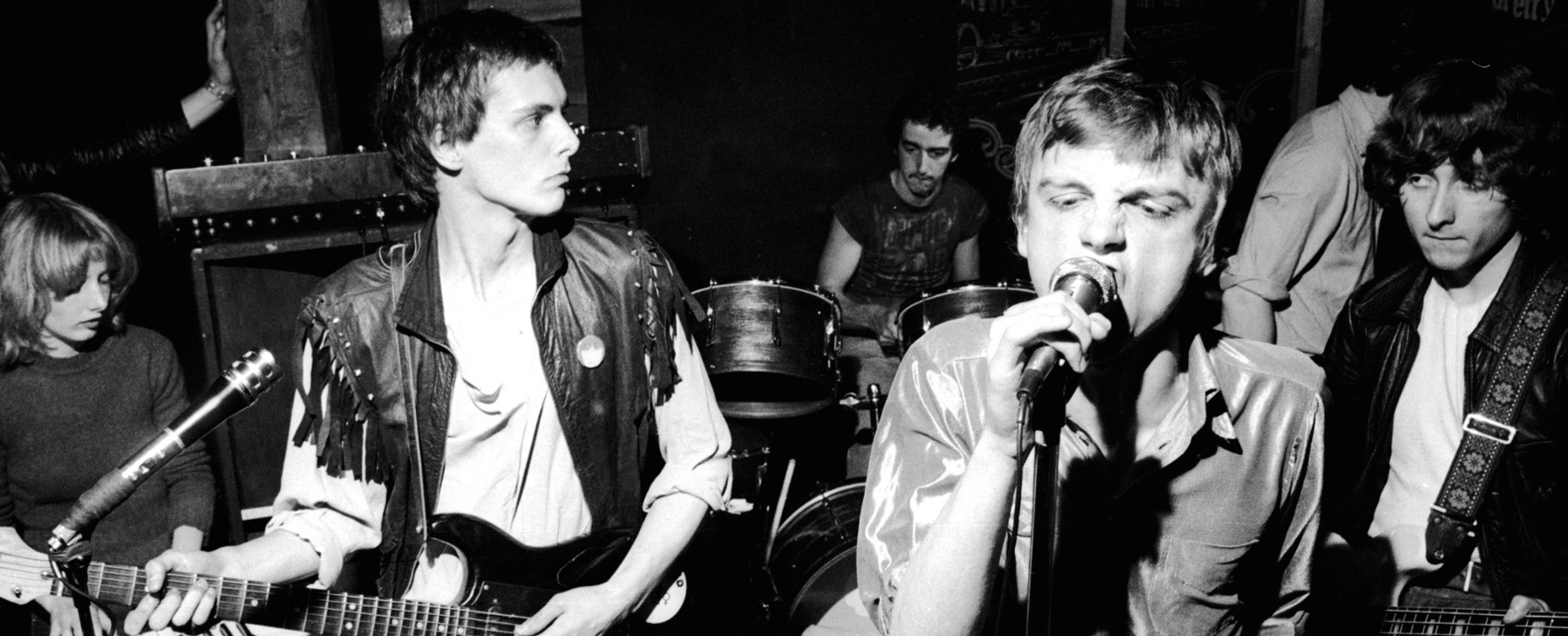
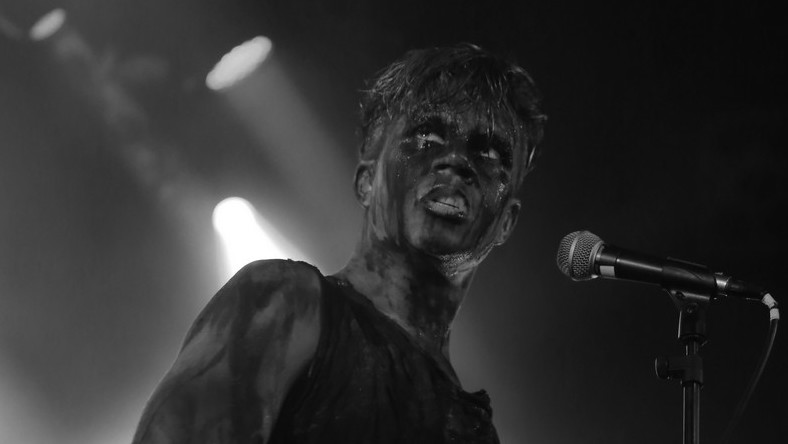
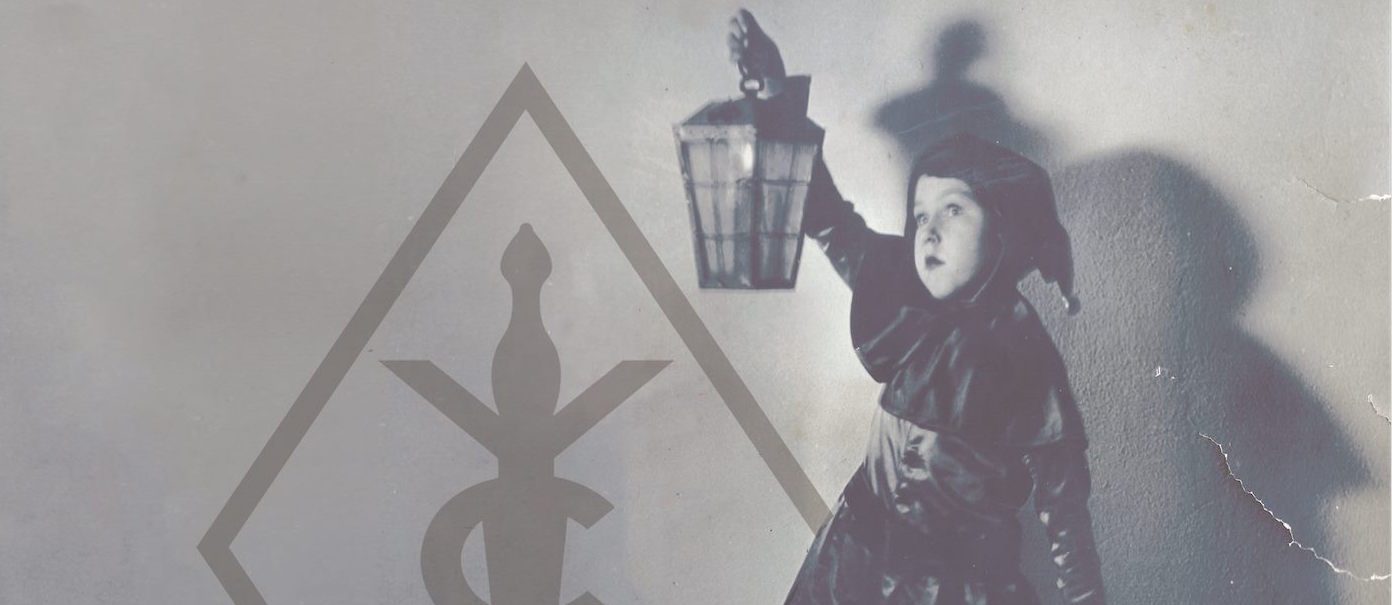

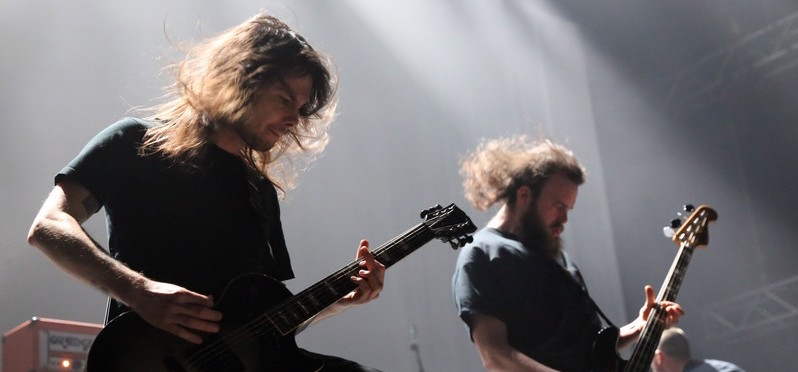

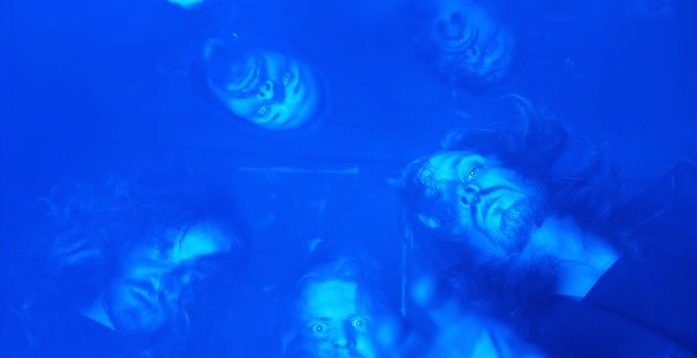
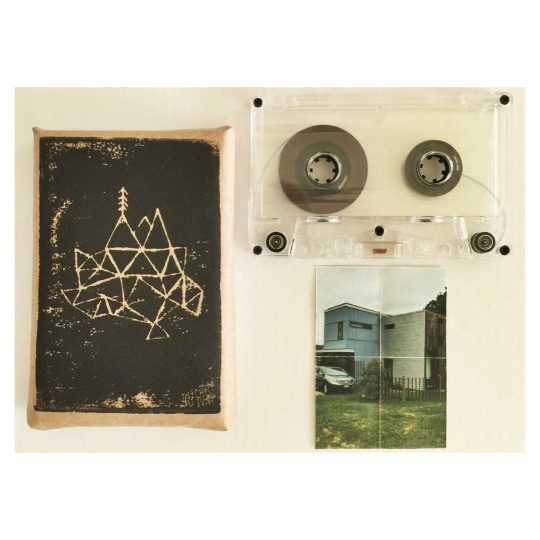
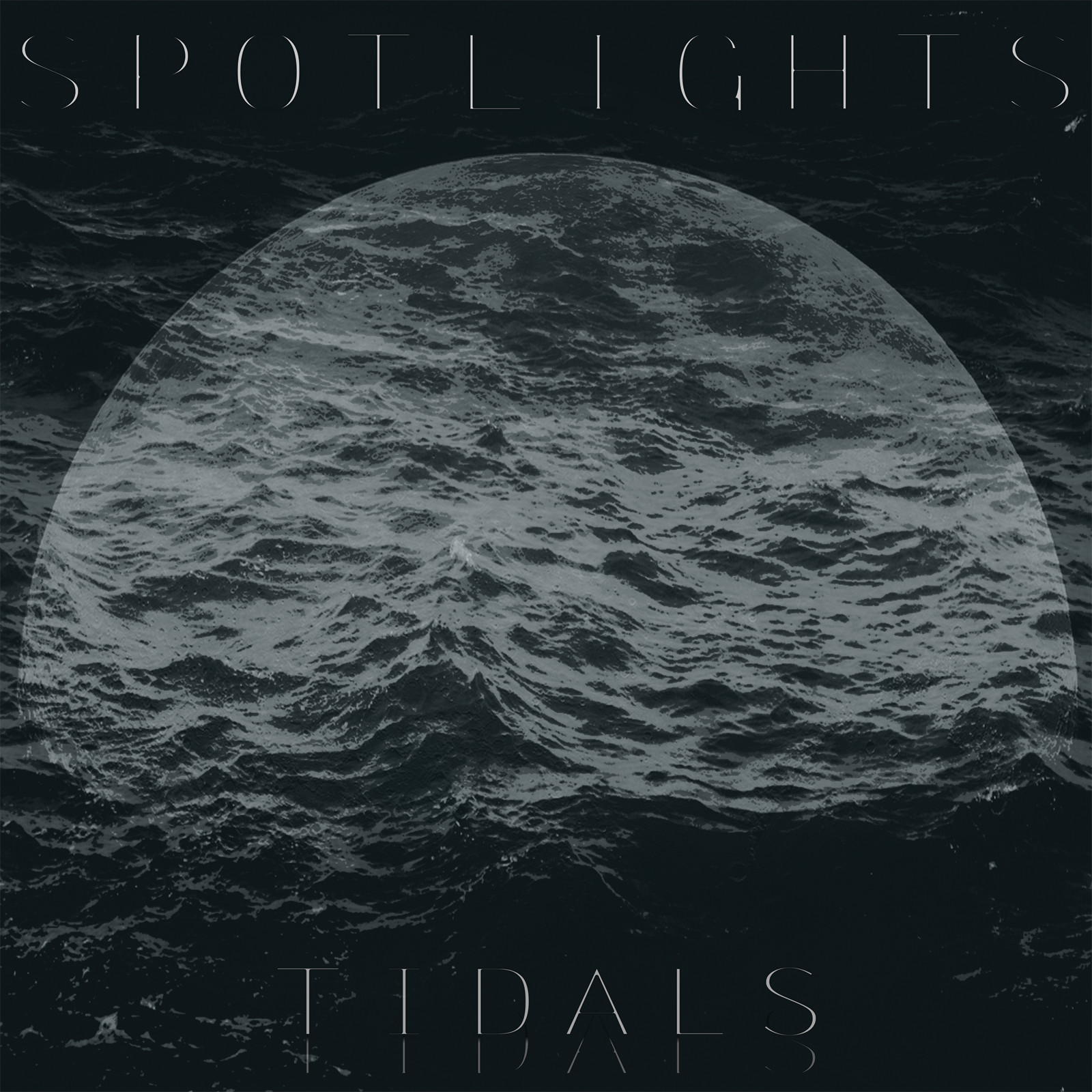
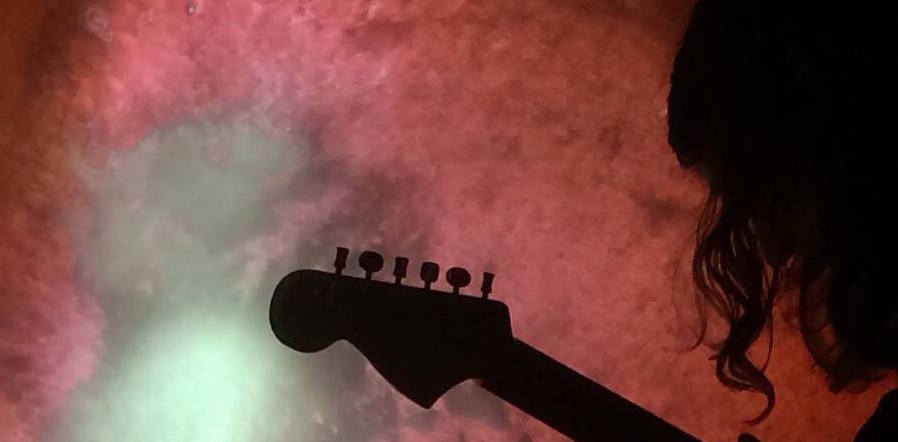

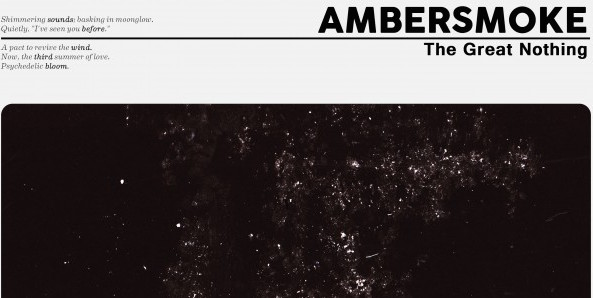
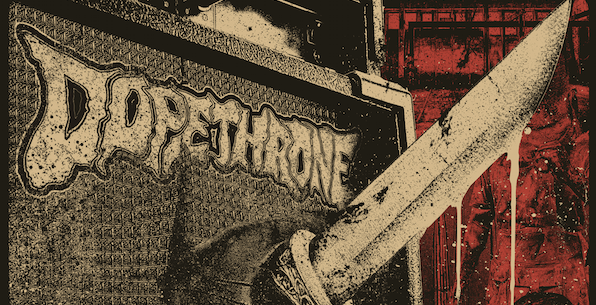


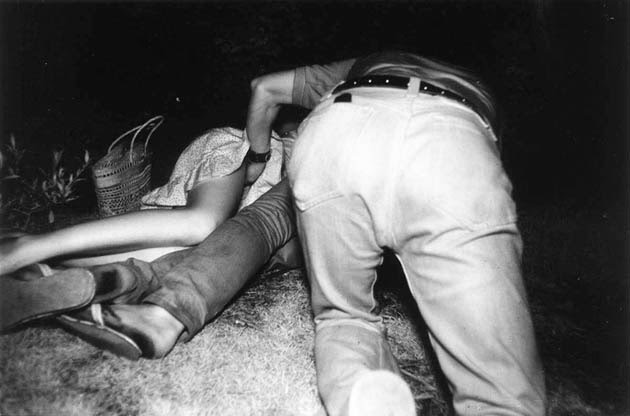
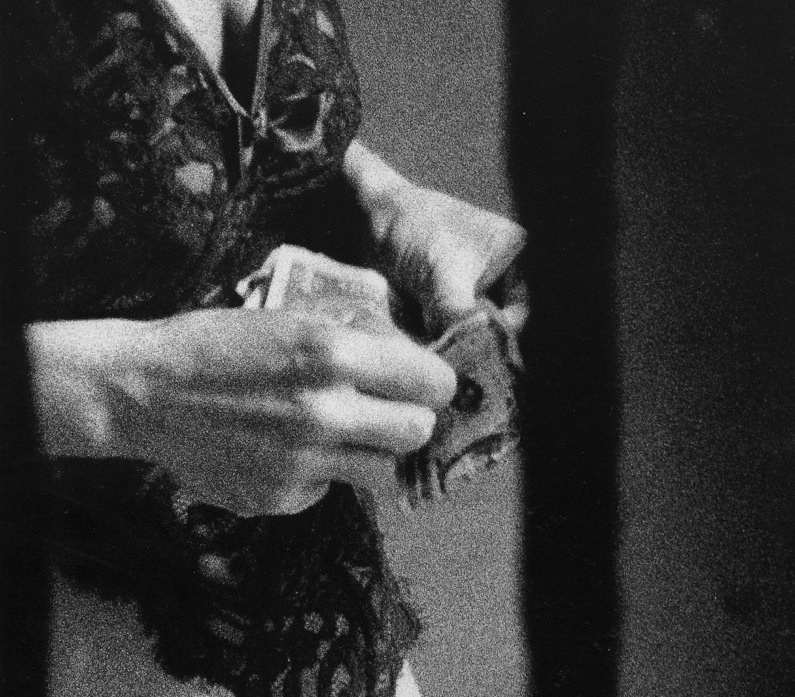

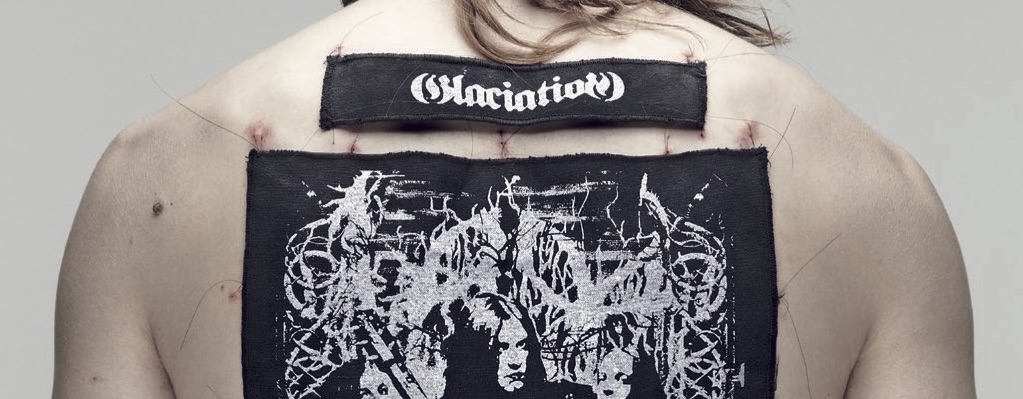

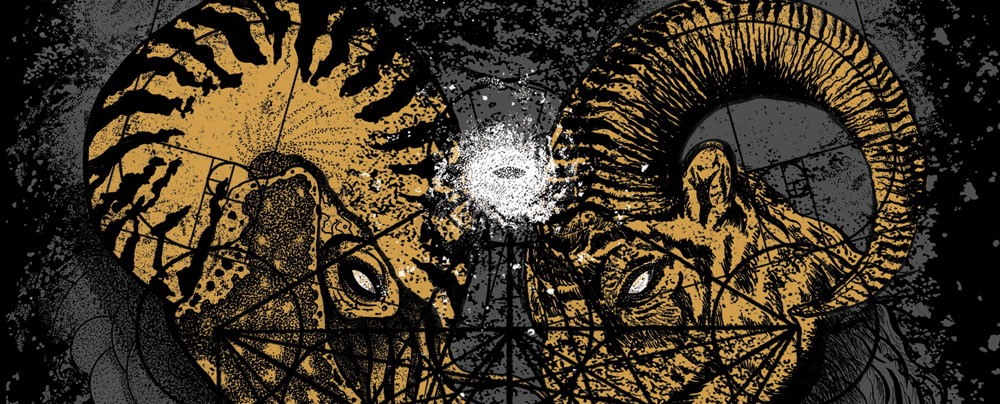

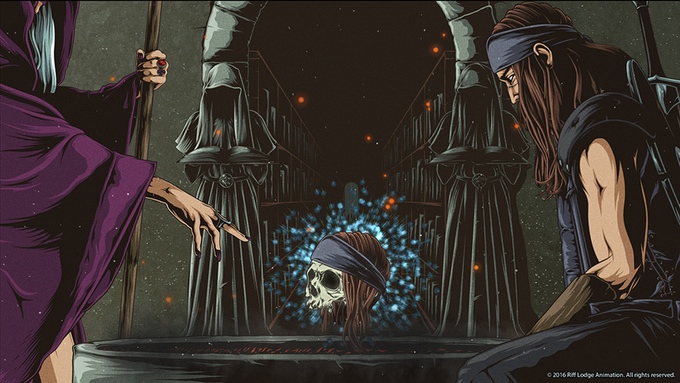
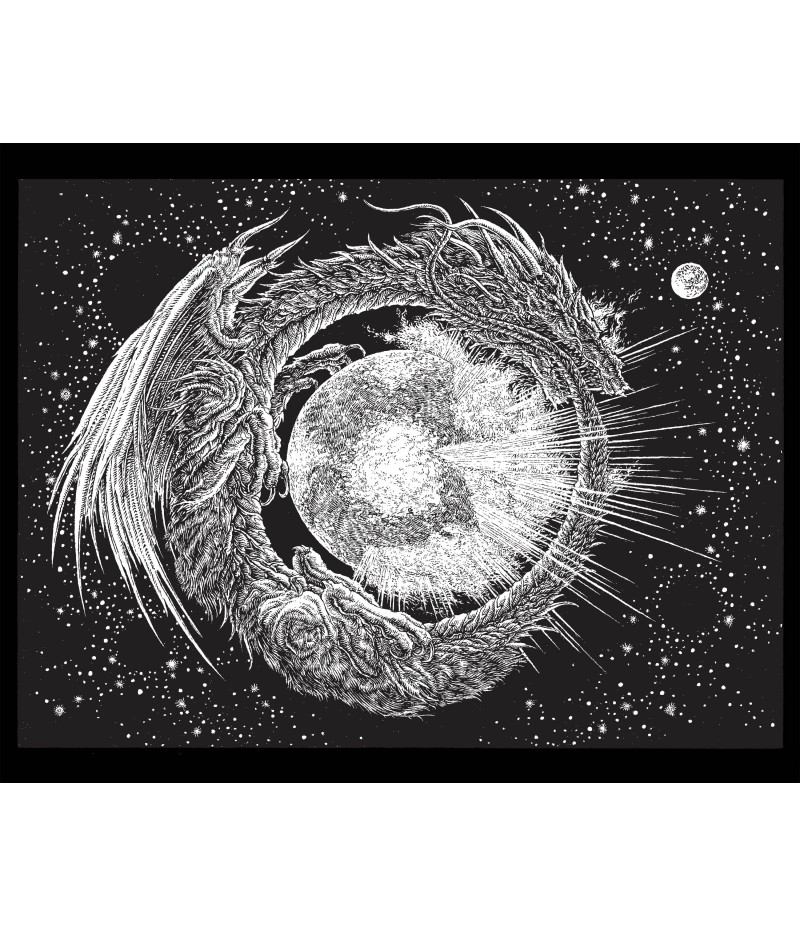

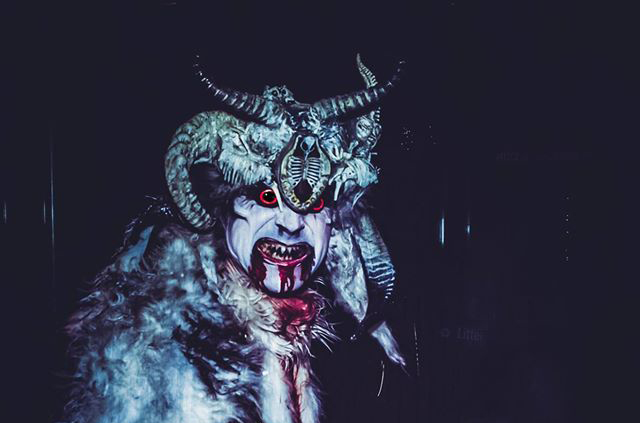

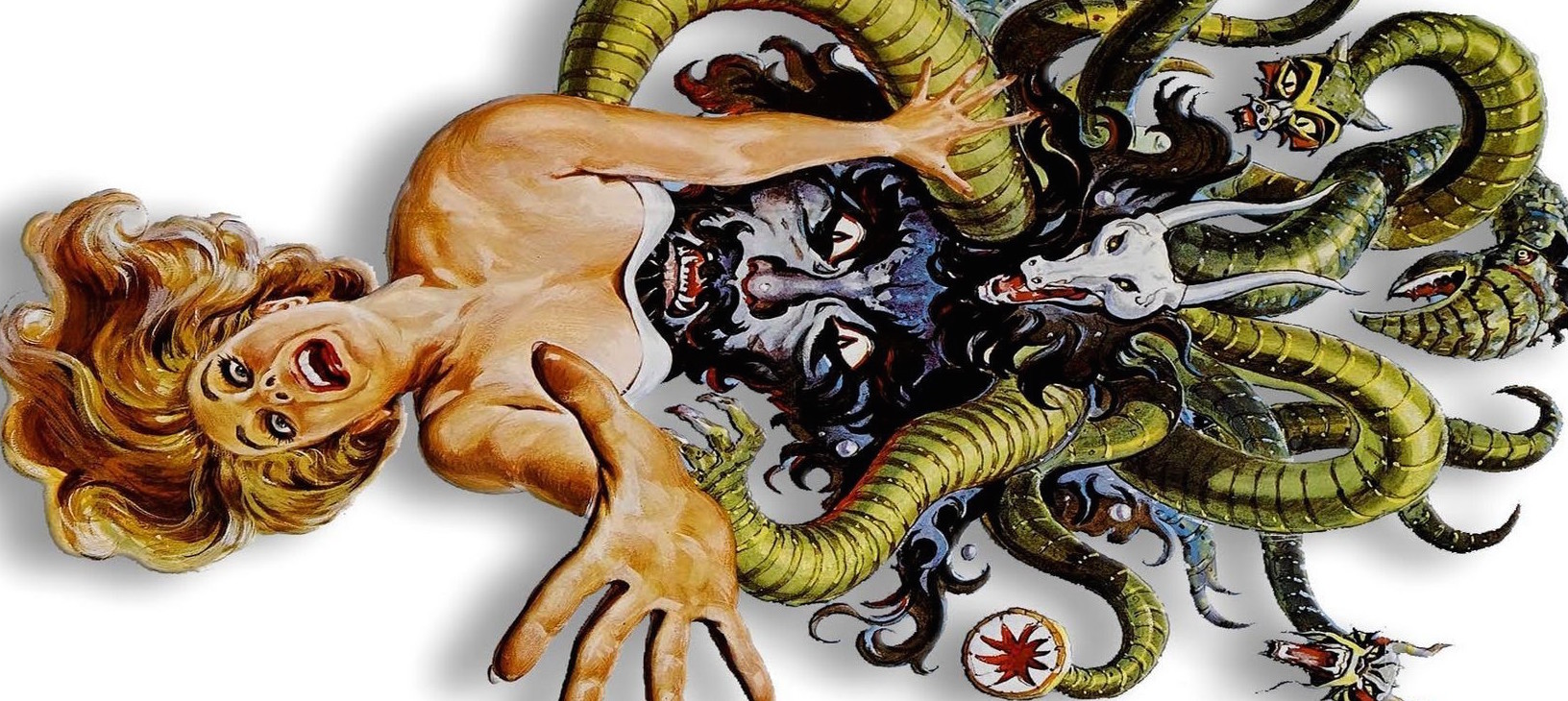

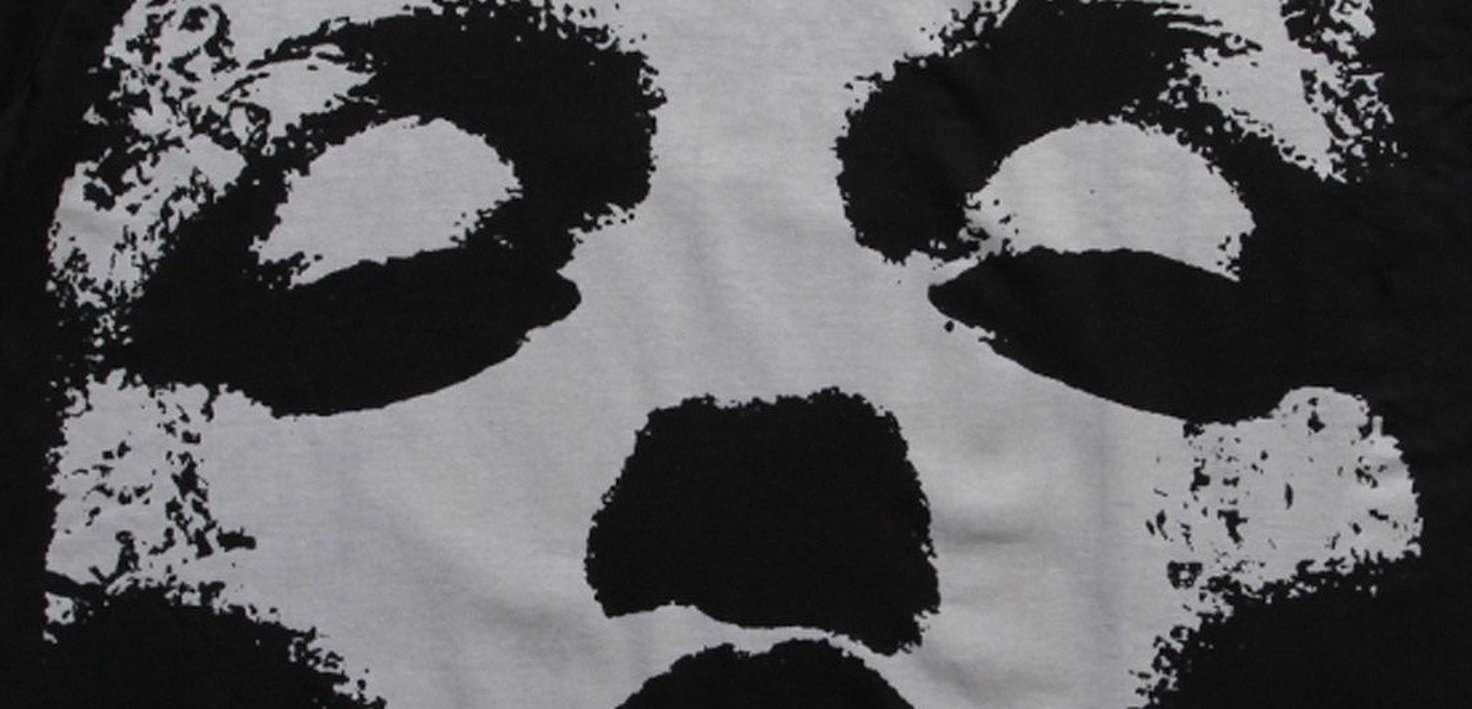
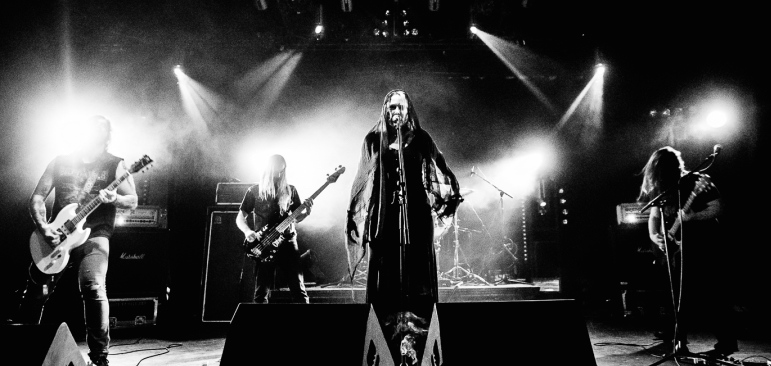
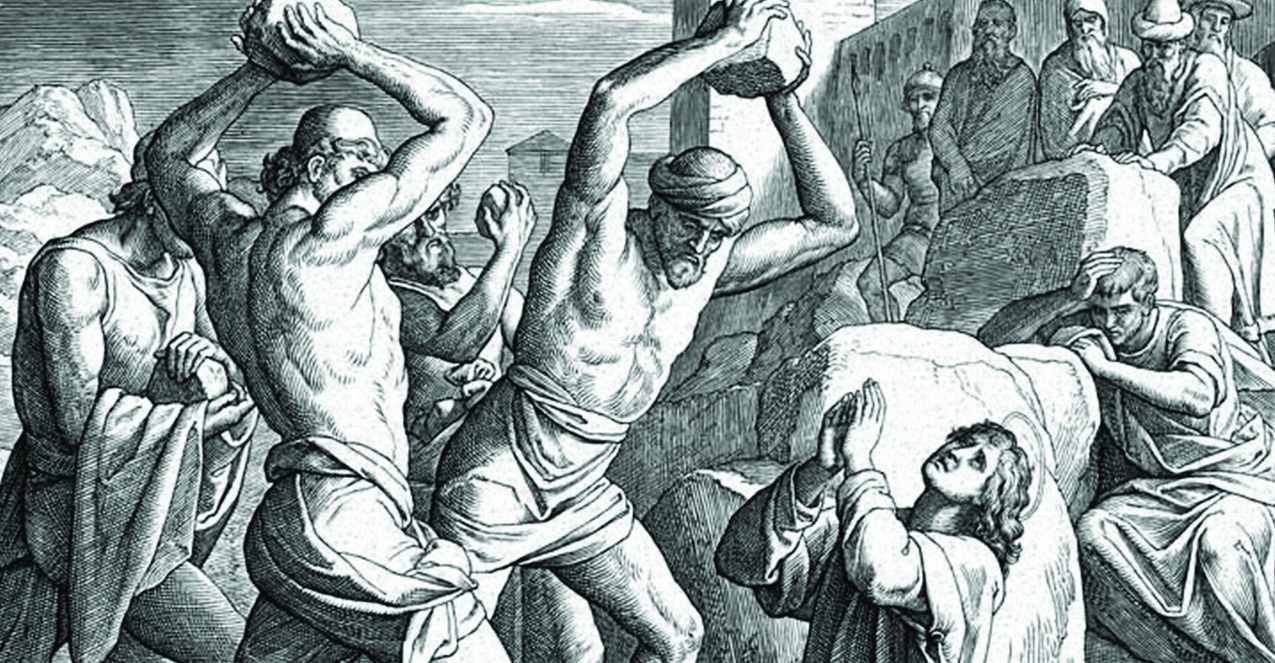
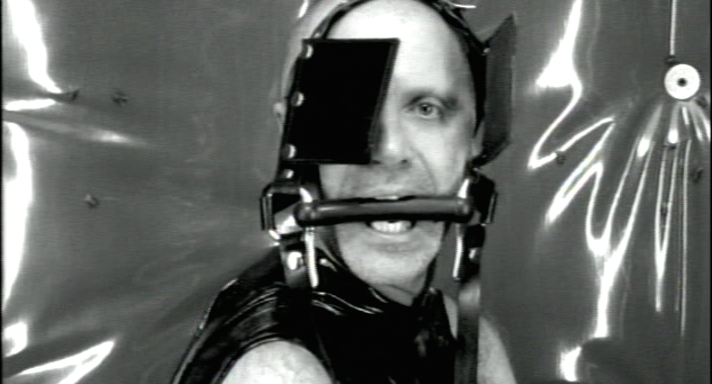

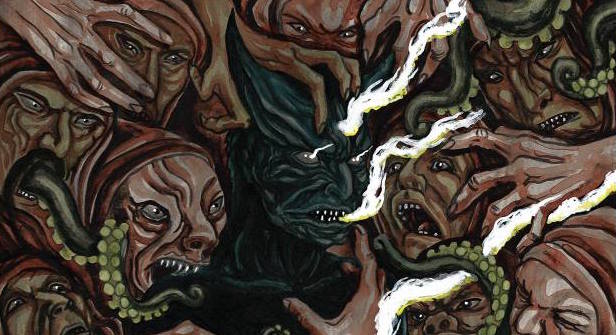
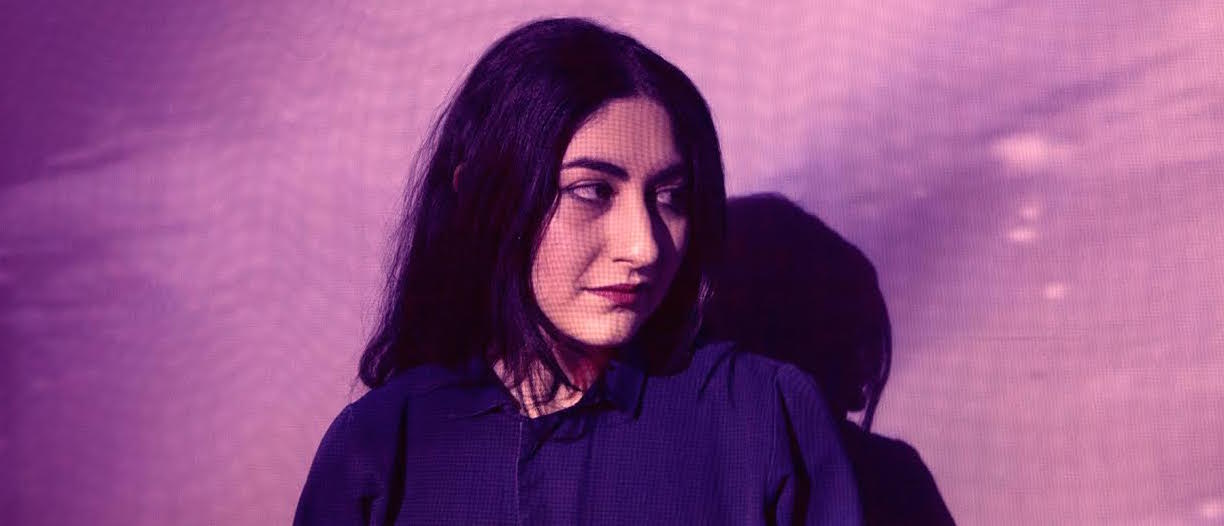
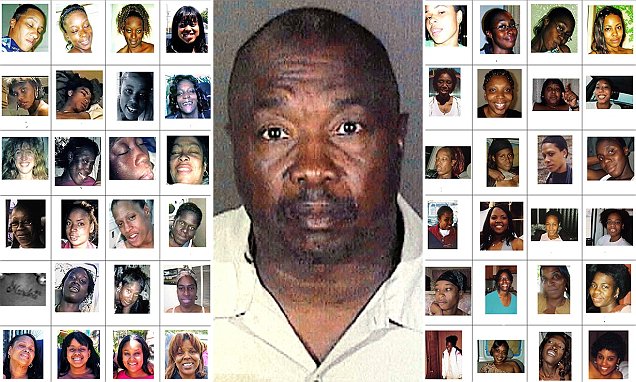
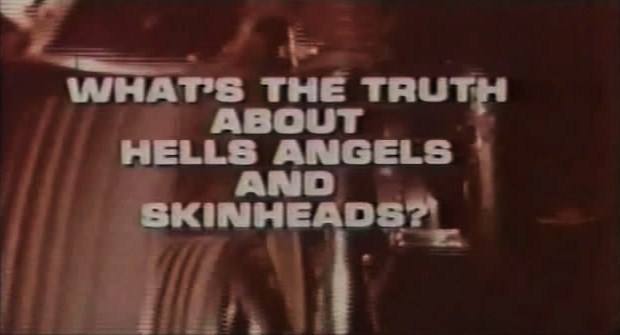
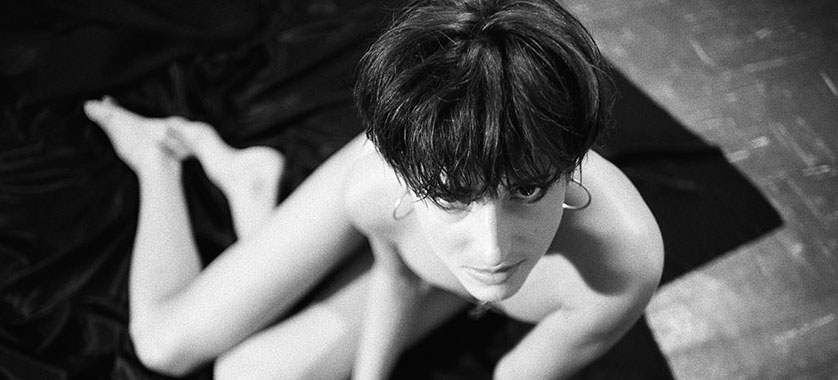








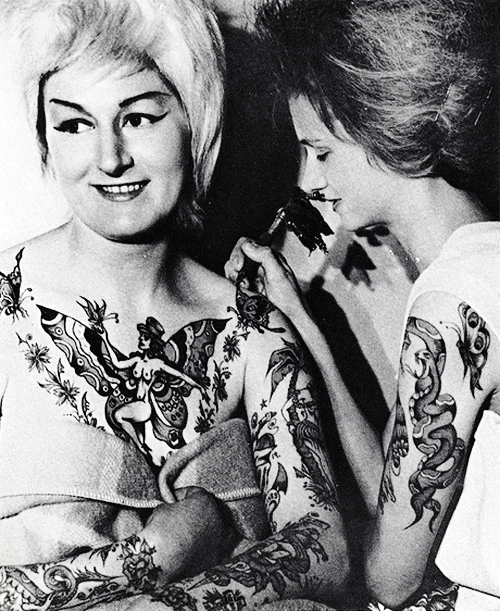








Tom
December 5, 2011 at 4:17 am
Great interview! A really interesting read.